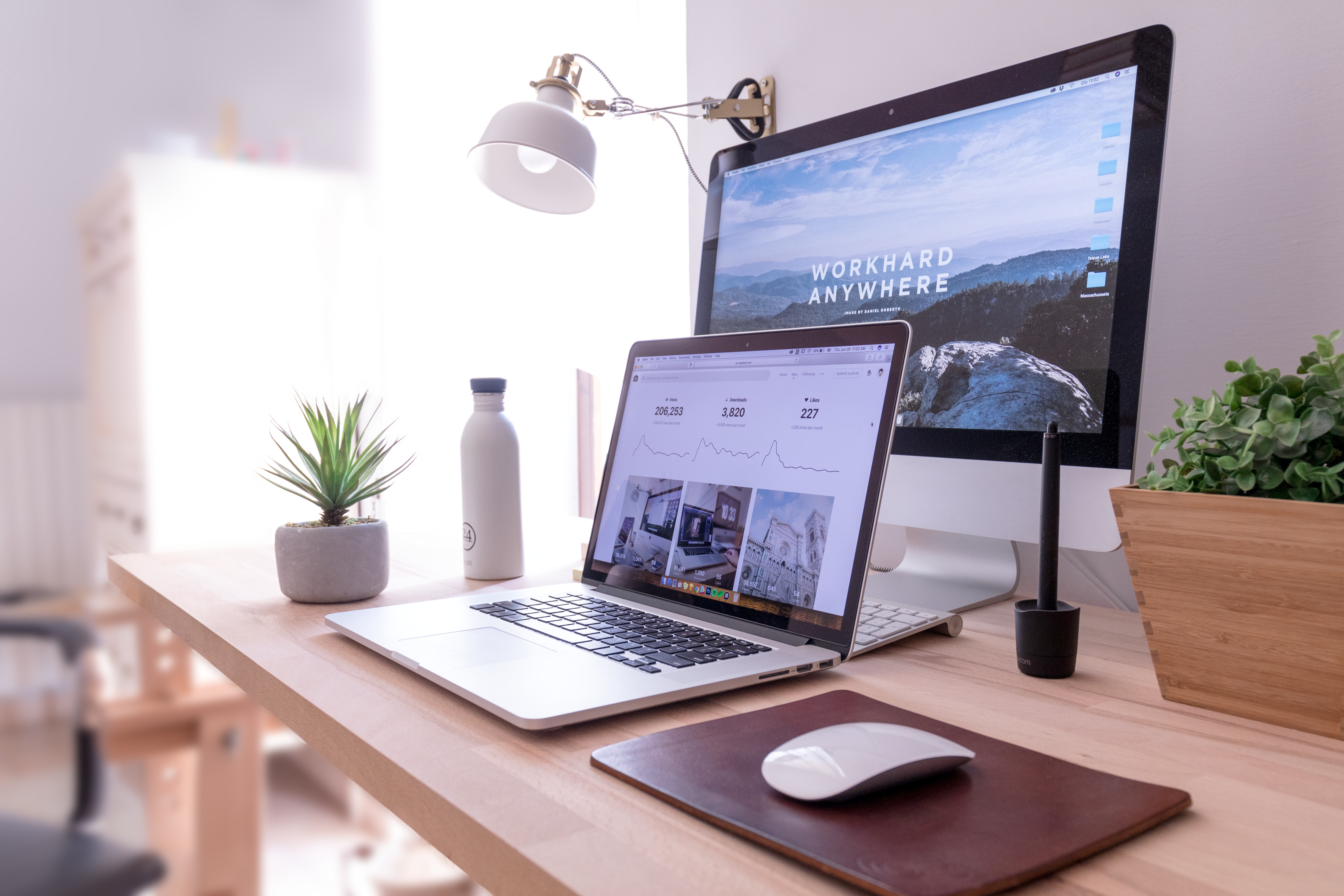10+ Web Design Portfolio Examples to Download
Back then, it was believed that model portfolios and fashion design portfolios were only necessary for professionals in those fields. Today, showcasing your expertise through a portfolio is no longer limited to specific industries. The advancement of technology has allowed web developers and designers to create their own digital portfolios to highlight their skills and projects. However, creating an impressive portfolio can be challenging, as it needs to make a lasting impact on potential clients or employers. Using portfolio templates and the right online tools makes it easier to design a professional, visually appealing portfolio that effectively represents your work.
Crafto HTML Design Portfolio
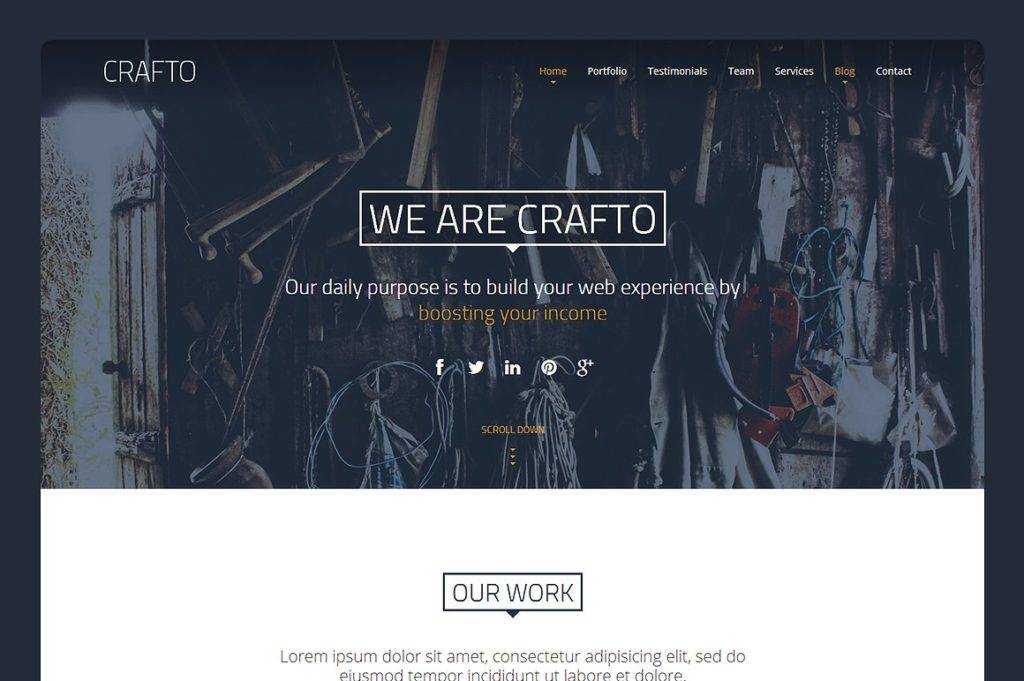
Dynamic Web Design Portfolio
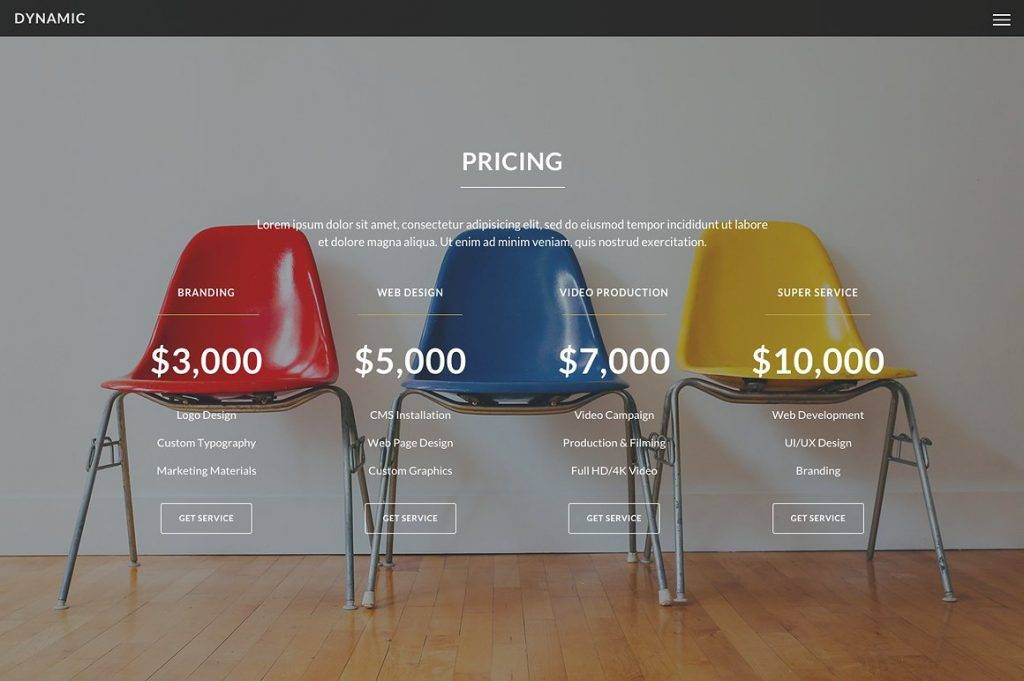
Origin One-Page Web Portfolio
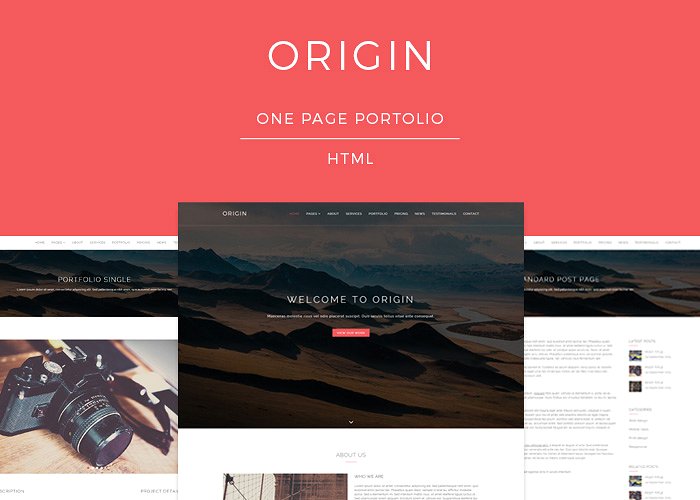
Modern Web Design Portfolio
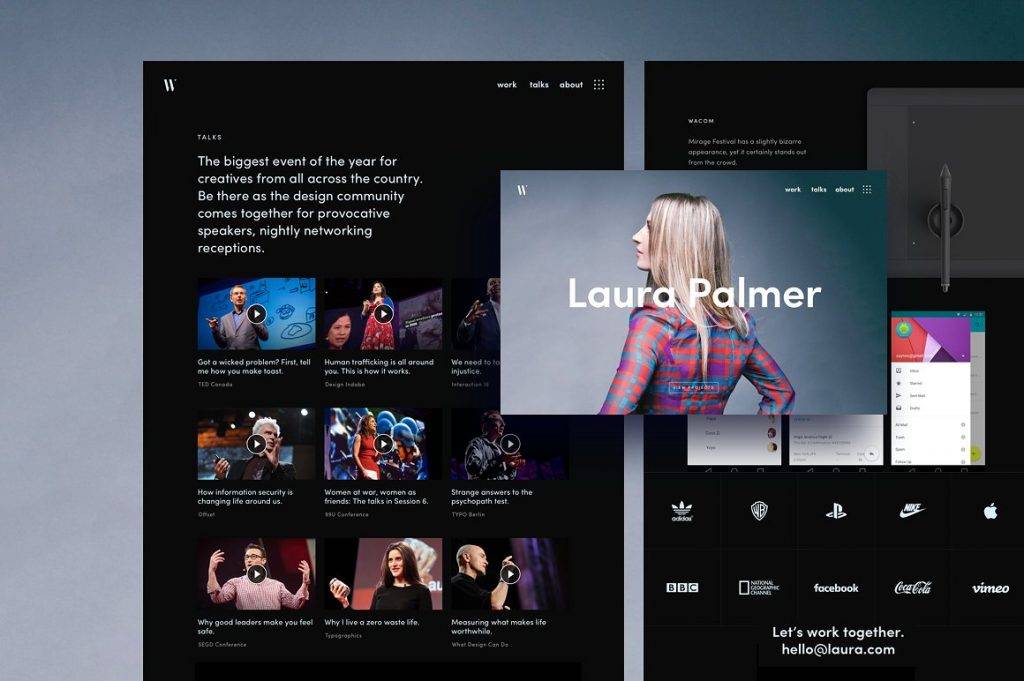
Advantages of Using an Online Portfolio
No matter what industry you are a part of, creativity plays a significant role in your career. Having a professional portfolio that presents your work samples in the best light is what’s going to give you a shot in achieving your dreams. But you also have to work extra hard to stand out from the rest, so using an online portfolio can definitely help you make a name for yourself.
If you’re thinking twice about creating an online portfolio, here are some points that could convince you:
- Creates a great first impression – Creating your own portfolio is like building an empire of your life. It’s a part of your world that goes beyond what’s written on a resume and cover letter. Your portfolio could feature samples of your work and a few recommendations from individuals you’ve previously worked with. This makes a killer first impression that potential clients and employers are sure to take note of.
- Increases your visibility online – Employers tend to run background checks of their applicants before they consider them as the perfect candidate. Since the use of technology and social media is very much abundant nowadays, employers are likely to search your name on the internet. If you have an online portfolio, this could be the first thing that pops up in the results. Your online presence will make it easier for people to find you, hire you, or avail of your services, making it the perfect platform for self-promotion. It’s almost like an online resume, but with legitimate evidence of what you’re capable of.
- Boosts your brand identity – Your online portfolio says a lot about your character. This includes the talent and skills you possess, along with your work ethics and cleverness to think outside of the box. With an online portfolio, you are in control over what others see. You can customize your portfolio in a way that best reflects your personality, as well as the message you want to convey to viewers.
- Expresses creativity and flexibility – One of the benefits of using an online portfolio is that you can easily alter or enhance its content whenever you feel like it. With a click of a button, you can change everything that appears on your portfolio. You also have the option of including additional links and contact details that viewers can refer to, not to mention the opportunity to add other interactive content that can keep your audience engaged for a better user experience.
- Allows easy access – Almost every single individual of today’s society is connected to the internet. And because we spend most of our days browsing through the World Wide Web, it’s only right to represent yourself with an online portfolio. You could have clients or employers visit your portfolio through any mobile device available. It’s a convenient alternative, especially if you serve markets from different parts of the world.
Osiris Multipurpose Web Portfolio
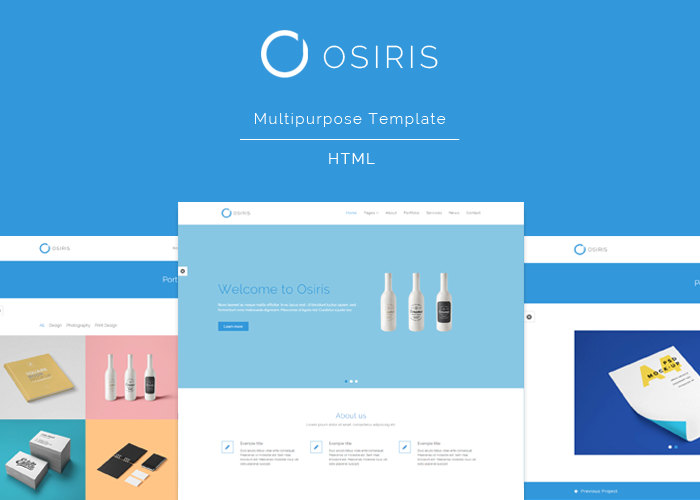
Creative Web Portfolio
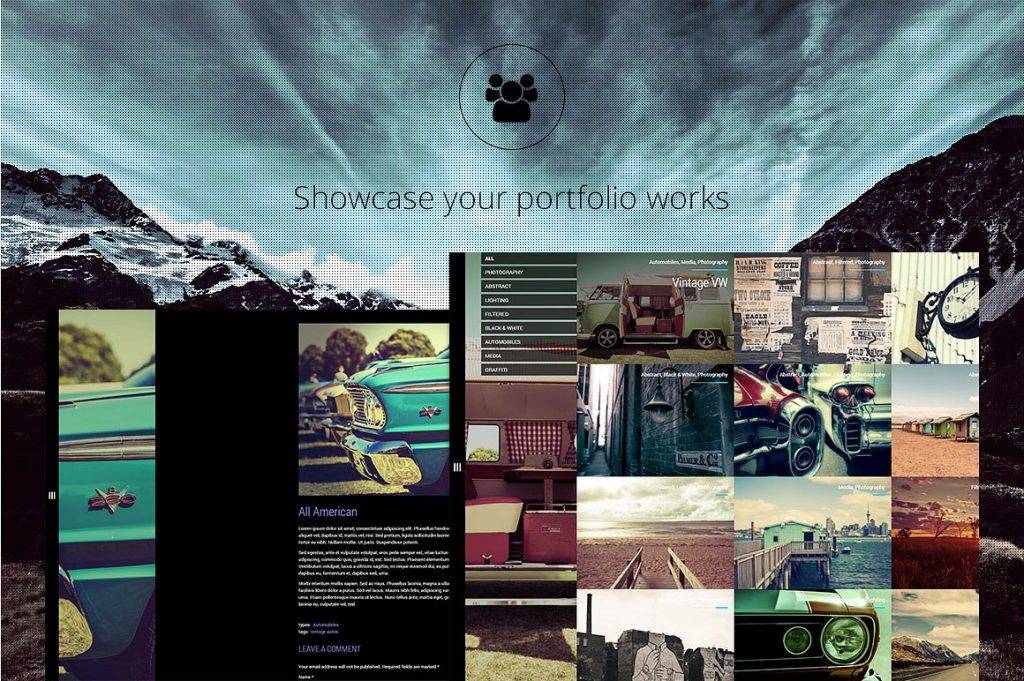
Freelance One-Page Web Portfolio
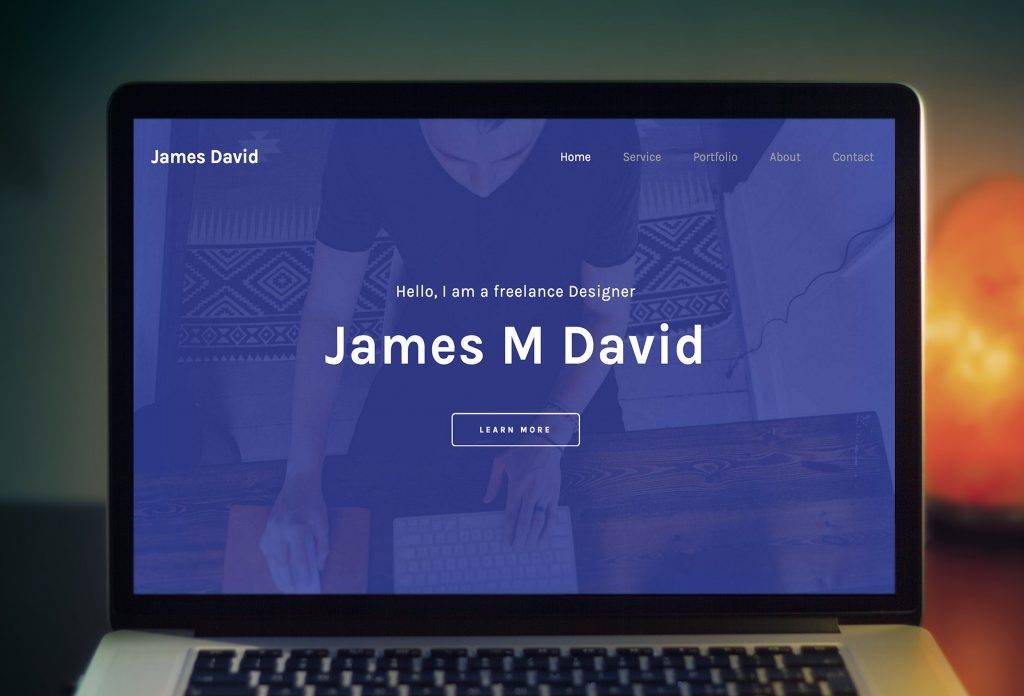
The Role of Portfolios in the Industry
The corporate world is a competitive industry that’s difficult to get into. You might struggle to draw the attention towards yourself, considering that an employer can have a dozen other applicants with records just as good as yours. It’s scary, but it’s an obstacle that every job seeker has to go through. Knowing this, you need to know how to arm yourself for battle. Having a clean copy of your resume is standard practice, but preparing a presentation or a portfolio is taking it the extra mile.
For one thing, a portfolio proves how serious you are for the role. You’re in this because you want it, not just for the sake of it. It shows your enthusiasm for the given job and how determined you are to take it. Sometimes, it can be difficult to express our thoughts and views through the use of words. We can feel intimidated from being in the spotlight, often forgetting everything we’ve rehearsed in front of our bathroom mirror. But with a good portfolio, it portrays preparedness. Knowing that you have your best weapon in hand gives you the confidence to prove yourself to hiring managers. If the interview begins to go dry and you feel like you aren’t making the progress you need, a portfolio can be your last resort. It directs the conversation to what you can achieve, giving you that extra push of luck. While you can’t rely solely on the portfolio to make an impression, it’s still an essential support system to help you get by.
If there’s one thing we can all agree on, you have to take full advantage of every opportunity that comes your way. It’s about keeping an employer interested in you to increase your chance for the job title. So regardless of the industry you are in or the job you are applying for, a professional career portfolio can make a significant difference for your future.
Responsive Web Design Portfolio
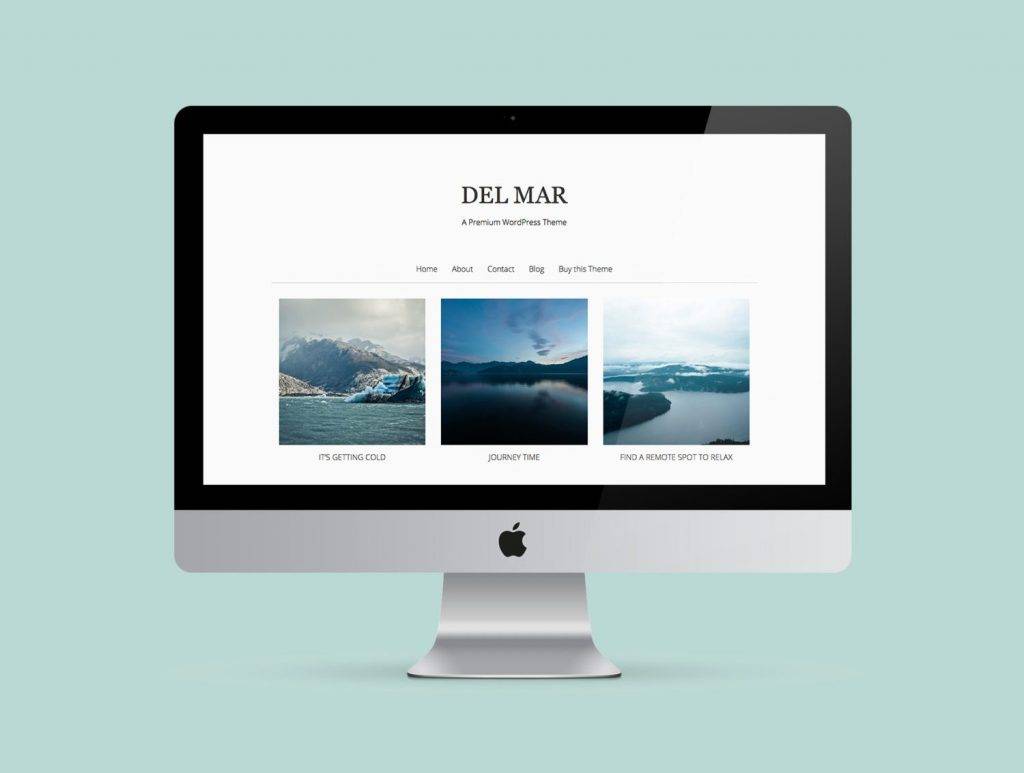
Classical Web Design Portfolio
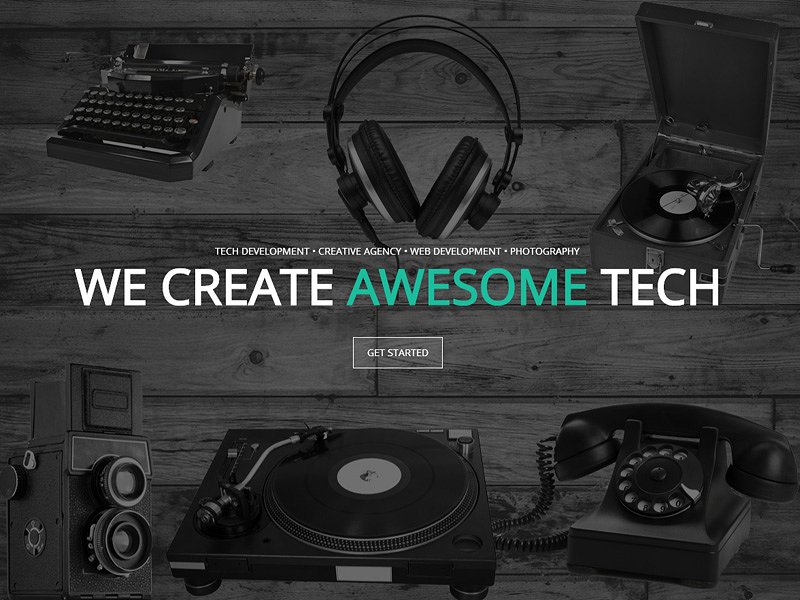
Revo One-Page Portfolio
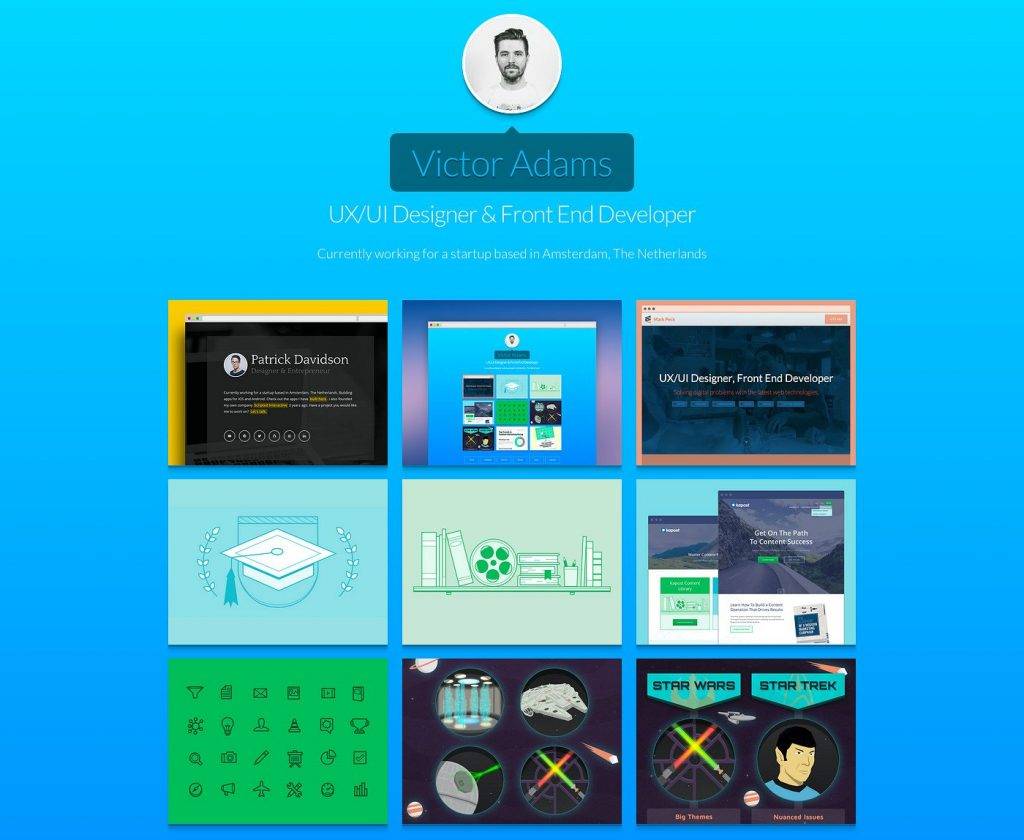
Web Design Studio Portfolio
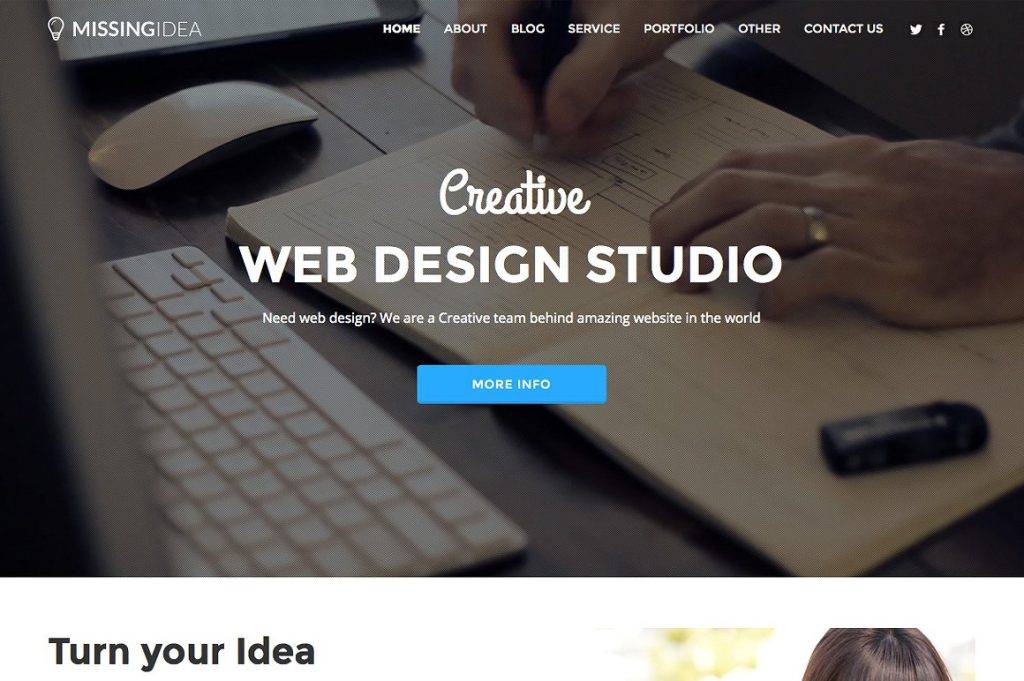
What to Include in Your Web Design Portfolio
As a web designer, it’s only right for you to create an online portfolio to feature your greatest projects. There are a lot ways to design your portfolio, but here are the basic elements to consider:
Work
It’s always important to showcase some of your best pieces front and center of your portfolio. You see, not a lot of people have the time and patience to scan through the entire collection. As a web designer, you must be able to present projects you have worked on in the past. If you’re a fresh face in the industry with not much experience to support yourself, you might want to work on a few small-scale or self-made projects to fill your portfolio. Make sure everything is organized in a proper manner. See to it that the last piece of the compilation is just as good as the first, as some people tend to judge everything from start to finish.
Introduction
Having an “About Me” section on your portfolio is a great form of introduction. You can be more personal with the way you present yourself, unlike how the average resume is structured. You can talk about your interests and objectives as a web designer, and what you wish to achieve in the near future. This gives the reader a glimpse of who you are as a professional and as a human being. It’s like answering all the possible questions an employer could ask in an interview, but without the pressure of dealing with them face-to-face.
Personal Blog
If you aren’t much of a writer, you might want to skip this part. But adding a personal blog to your online portfolio can definitely spice things up. It’s an excellent way to connect with your audience and get that leverage you need. A blog allows you to express personal thoughts on a given subject, provide professional advice, and give other designers a few tips on how they could improve their work. Thanks to Search Engine Optimization (SEO), your posts will rank higher on different search engines, making your online presence even more apparent.
Client Feedback
For web designers with years of experience, past projects and client feedback can certainly attract prospects. It provides reassurance on your credibility as a designer, allowing others to highly consider doing business with you. It doesn’t have to be a whole article of one’s experience, as a few positive comments, social media mentions, and recommendations are enough to do the trick perfectly. You can add this to a special section of your portfolio, so as to not distract viewers from what you really want them to see.
Contact Information
One of the most important elements of every portfolio has to be your contact information. How do you expect clients to hire your if they have no way to reach you in the first place? Make sure to use current information and update whenever necessary. It needs to be those that you are most active in to ensure that you can respond to inquiries as soon as possible.
Whether you make a one-page web design portfolio or go full out with a 15-page compilation of your work, what matters most is how you are able to make your online presence known for you to set yourself apart from the competition. Remember, a well-developed portfolio will be your best weapon, so make it count.


